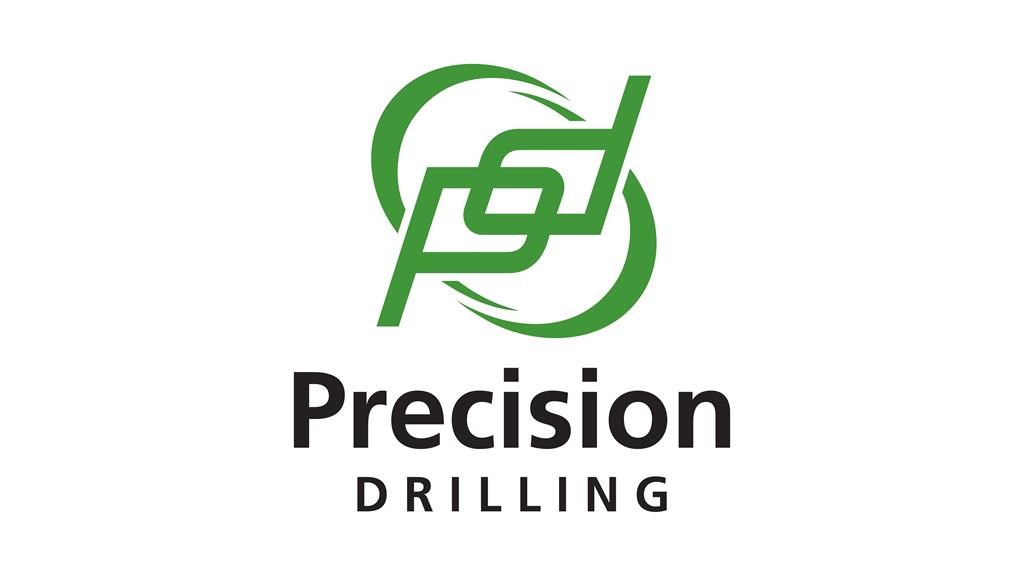
What the new mortgage rules stress test means for homebuyers
firzkes / Shutterstock
Since January 2018, Canadians have had a much harder time buying a house, thanks to the new mortgage rules (called a “stress test”) introduced by the federal government. Effective June 1, 2021, the guidelines for the stress test have changed—and in many cases will lower the amount home buyers qualify to borrow even further. Whether buying your first home or refinancing a current mortgage, these mortgage rules affect you. Read on to learn about the mortgage stress test, what the recent change means, and how it impacts homebuyers in Canada.
What is the mortgage stress test?
With skyrocketing housing prices and low mortgage interest rates, the Canadian federal government made new mortgage rules in 2018 to cool the real estate market. As of January 1, 2018, Canadians must pass a “stress test” to qualify for a mortgage loan – no matter how big their down payment is. In response to an even more heated market since the rule was first introduced, the government has changed the rules, as of June 1, 2021, making it even harder to qualify.
What is the stress test? It’s a financial challenge: borrowers must prove that they can afford to carry a mortgage at a higher interest rate than what may be offered by a financial institution. When applying for financing on or after June 1, 2021, you will need to qualify based on your ability to afford payments on the mortgage loan at:
- A rate of 5.25% (up from 4.79% before June 1); OR
- The contractual rate offered by your lender plus 2%
Ultimately, you must prove you can afford the payments at whichever amount is higher to get approved for financing. What’s the point of the stress test? It’s to stop Canadians from taking on more debt than they can handle and show that they can carry a mortgage even under financial duress.
READ MORE: A simple guide to mortgages
What does it mean for home buyers?
These new mortgage rules mean that your purchasing power could be reduced by as much as 20%, as compared to when there was no stress test (prior to 2018). When applying for a mortgage today, the amount that you qualify for doesn’t depend on the rate that the lender is offering. For example, if they are offering a 4% interest rate, your affordability will be determined based on a rate of 6%, since the stress test stipulates that the bank use a qualifying rate that’s either 2% more than the offered rate (4% + 2%) or 5.25% – whichever number is higher. As a result, the amount that you can borrow could be significantly smaller.
It’s also likely that millennial buyers, who have statistically lower salaries than other demographics, won’t be able to borrow as much as before. Plus, since they’re less likely to bring home equity into a new home purchase, they often have less purchasing power.
How does this differ from the pre-June 1st rules?
The previous mortgage stress test guidelines were slightly less stringent, as buyers needed to qualify for financing at either the rate on offer plus 2%, or the Bank of Canada’s five-year benchmark rate of 4.79%, whichever was higher.
In other words, this recent change will only affect borrowers offered a mortgage rate under 3.25%; in which case the qualifying rate used will now be 5.25% as opposed to somewhere between 4.79% and 5.25%. For everyone else, there is no change—the qualifying rate remains 2% above the offered rate.
To put that into real terms, if you’re hoping to take out a $500,000 mortgage with a 25-year amortization, and the lender offers you a five-year fixed rate of 2%, you’d now have to show you could afford payments of $2,979.59 (based on a qualifying rate of 5.25%), as opposed to $2,848.54 before June 1 (based on a qualifying rate of 4.79%), even though your actual payments would be much lower at $2,117.26 (based on the offered rate of 2%).
On the other hand, if the lender offers you a rate of 3.5%, you will have to show you could afford payments of $3,051.96 (based on a rate of 5.5%, which is the same qualifying rate the lender would have used prior to June 1), even though your actual payments would be $2,496.35 (based on a rate of 3.5%).
What can first-time home buyers do?
Don’t panic: if you’re a first-time home buyer, you’re not out of the real estate market altogether. The best way to combat these new mortgage rules is to save a hefty first-time home buyer down payment. A “down payment” is the amount of money that you put towards the purchase of a home. In general, the larger your down payment, the easier it is to obtain a mortgage. This is because the more cash you can put down from your savings, the less money needed to borrow to cover the home price.
First-time homebuyers can borrow up to $35,000, tax-free, from a Registered Retirement Savings Plan (RRSP) under the Home Buyers Plan. If you’re purchasing the home with a spouse or partner, each of you can access the HBP for a total of $70,000. You must pay back the money into your respective RRSPs over a 15-year period, or you will have to pay income tax on those funds.
READ MORE: How to use the home buyers plan
If you don’t have an RRSP or other savings, a good way to get started is to set up an automatic savings program that funnels regular monetary contributions into a Tax Free-Savings Account (TFSA). In case you haven’t heard, a TFSA is an account type that allows Canadians to save or invest and not pay tax on the money they make or withdraw. With an annual contribution limit of $6,000 in 2021, this is a great place to stow your moolah.
Likewise, contributing regularly to a high-interest savings account will help you sock away cash quickly but also earn high interest on your dough. Either option is effective because your money is easily cashed out when it’s needed to buy a home.
READ MORE: The best high-interest savings accounts in Canada
What happens if you’re refinancing?
If you refinance your mortgage loan, you’ll have to undergo the stress test – and that might mean not qualifying for the refinanced loan you need. For that reason, the new mortgage rules might actually end up costing you a significant amount of money over the life of your loan because you won’t be able to refinance your loan at a lower rate due to the mortgage stress test.
There is one exception—if you refinance with a private lender that isn’t regulated by the government. But while they aren’t required to do the stress test, private lenders often charge higher interest rates.
What happens if you’re renewing your mortgage?
Luckily, the stress test doesn’t technically apply when you’re renewing your mortgage. That means continuing with the same (or similar) terms with the bank that gave you your mortgage in the first place.
However, sometimes it’s not the best financial choice to renew your mortgage because you might find a lower rate elsewhere. In that way, the new mortgage rules make it even more important than ever to shop around a competitive mortgage rate.
One more note: Just because a bank doesn’t require a stress test when you’re renewing your mortgage doesn’t mean that they won’t do it anyway. Some banks are using the stress test with all clients just to be cautious.
Does the stress test apply to all mortgage lenders?
No, credit unions and private mortgage lenders in Canada aren’t required to conduct a stress test with their borrowers, although many will do so anyway to reduce their exposure to risk. And the lenders that do qualify you for a mortgage based on their actual rates rather than the higher rates required via the stress test process may not offer the lowest interest rates on the market – which could also restrict your buying power.
Finding the best mortgage rate
Since interest rates are constantly fluctuating, your best bet is to shop around for the most competitive mortgage rate before signing on the dotted line. Different institutions offer different interest rates, but an online mortgage broker typically offers the most competitive mortgage interest rates in the market, and you can do the entire application online.
READ MORE: The best online mortgage lenders in Canada
Final words
When it comes to getting a mortgage in Canada, it’s definitely harder since the mortgage stress test was introduced, and now it’s even more challenging for some borrowers with the recent guideline changes. But it’s not impossible. With a few financial tricks and the right saving strategies, there’s no reason to give up on your dream of home ownership. Keep saving for a down payment and maintain a good credit score, and you’ll be unlocking the front door to your new house in no time
Disclaimer
The content provided on Money.ca is information to help users become financially literate. It is neither tax nor legal advice, is not intended to be relied upon as a forecast, research or investment advice, and is not a recommendation, offer or solicitation to buy or sell any securities or to adopt any investment strategy. Tax, investment and all other decisions should be made, as appropriate, only with guidance from a qualified professional. We make no representation or warranty of any kind, either express or implied, with respect to the data provided, the timeliness thereof, the results to be obtained by the use thereof or any other matter.





